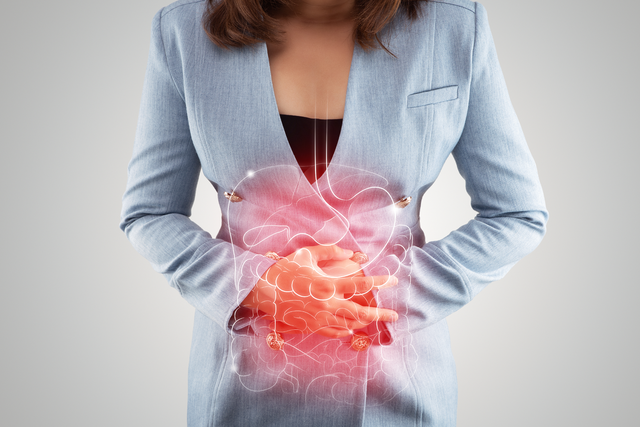PATIENT EDUCATION
Understanding Diverticulosis
What is diverticulosis?
The condition diverticulosis occurs when there are small pockets or pouches in the lining or wall of the digestive tract. The pouch or pocket is called a diverticulum. The pouches or pockets occur when part of the inner layers of the digestive tract manage to push through weak parts of the outer layer of the digestive tract. Diverticulosis occurs most often in the colon. Diverticulosis may occur for some patients on only the left side of the colon, but can also occur throughout the colon.
What are the causes and symptoms of diverticulosis?
Diverticulosis affects half of all people in the United States over sixty years of age and nearly all of the population by the age of 80. When patients age, the pockets in their digestive tracts can become more prominent, resulting in this condition. However, the condition is uncommon in Asia and Africa and other parts of the world where the population’s diet is high in fiber, fruits, vegetables, and grains. Most medical professionals believe this condition to be related to a low-fiber diet. Patients with a low amount of fiber in their diets can experience constipation leading to increased pressure in the digestive tract which can affect bowel movements. Diverticulosis may be the result of the pressure and straining over many years during these bowel movements. Most people with diverticulosis do not experience any symptoms, and many are unaware that they have the condition. However, it is possible that some patients may experience symptoms such as cramps, bloating, and constipation.
How is diverticulosis diagnosed and treated?
Due to patients usually not experiencing any symptoms of diverticulosis, the condition is often discovered during evaluations for other conditions or during other treatments such as a colonoscopy to scan for polyps. Diverticula may also be discovered during a sigmoidoscopy. The condition can also be seen during barium x-rays or CT scans.
Diverticula cannot disappear on their own and if treatment is required, a diet high in fiber is usually recommended if the patient experiences any symptoms. A high-fiber diet can help soften stools and make them easier to pass. A doctor may recommend that the patient try to consume twenty to thirty-five grams of fiber a day. They may recommend specific foods such as kidney beans, lima beans, baked beans, squash, apples, pears, broccoli, and carrots. Supplements such as psyllium, polycarbophil, and methylcellulose may also be recommended. Medications can also be prescribed to help relax spasms in the patient’s colon if they experience cramping or discomfort.
Diverticulosis can result in diverticulitis, which occurs when the pockets become inflamed or infected. Patients can experience nausea, constipation, shaking, chills, and vomiting when this occurs. In mild cases, patients may be required to take antibiotics. If left untreated it can cause serious health complications. If the patient experiences multiple cases of diverticulitis, surgery to remove the affected part of the colon may be required.
Contact the specialists at Granite State Gastroenterology if you are experiencing any symptoms of diverticulosis.

Patient Education
Understanding ERCP
Understanding
Diverticulosis
Understanding Colon
Cancer Screenings
Understanding Capsule
Endoscopy
